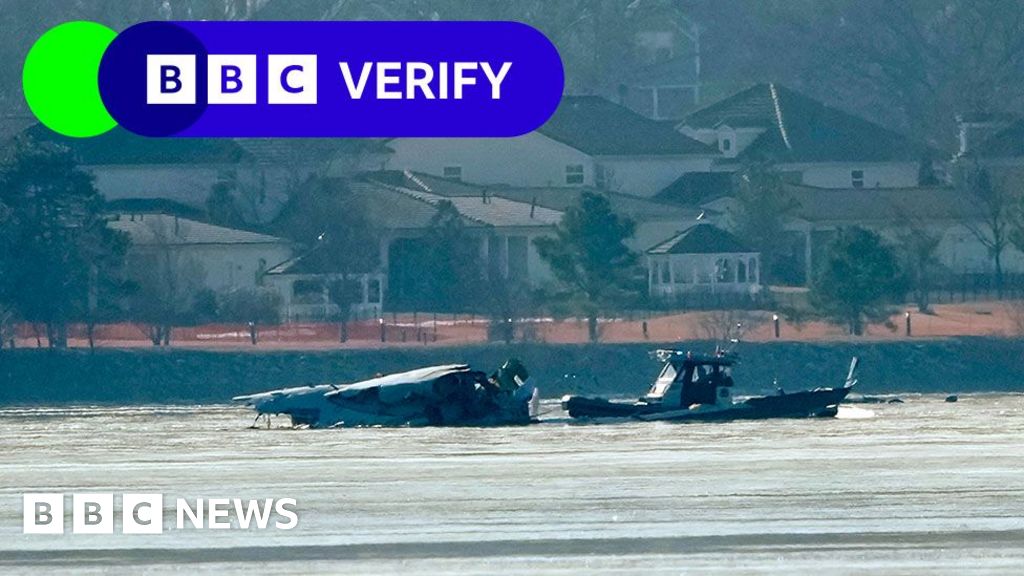Offline
Im sure most have heard by now that an American Eagle CJR700 from Witchita, KS to Reagan, collided with a Blackhawk helicopter while one final to runway 33. The CJR is the same type of plane my son flew when he was with Skywest. Just two days ago he made that same approach at Reagan (Southwest 737). This is a screen shot from Flight Radar 24 playback showing the final moment that the jet shows forward movement so I'm guessing this is when it collided with the Blackhawk at 8:48PM local time. The Blackhawk doesn't show up on FR24 likely because it's military (sometimes they show up and sometimes not)
As I tye this they are reporting four survivors pulled from Potomic so far. Pray there are more.

As I tye this they are reporting four survivors pulled from Potomic so far. Pray there are more.

 Hi Guest!
Hi Guest!

 smilie in place of the real @
smilie in place of the real @
 Pretty Please - add it to our Events forum(s) and add to the calendar! >>
Pretty Please - add it to our Events forum(s) and add to the calendar! >> 



